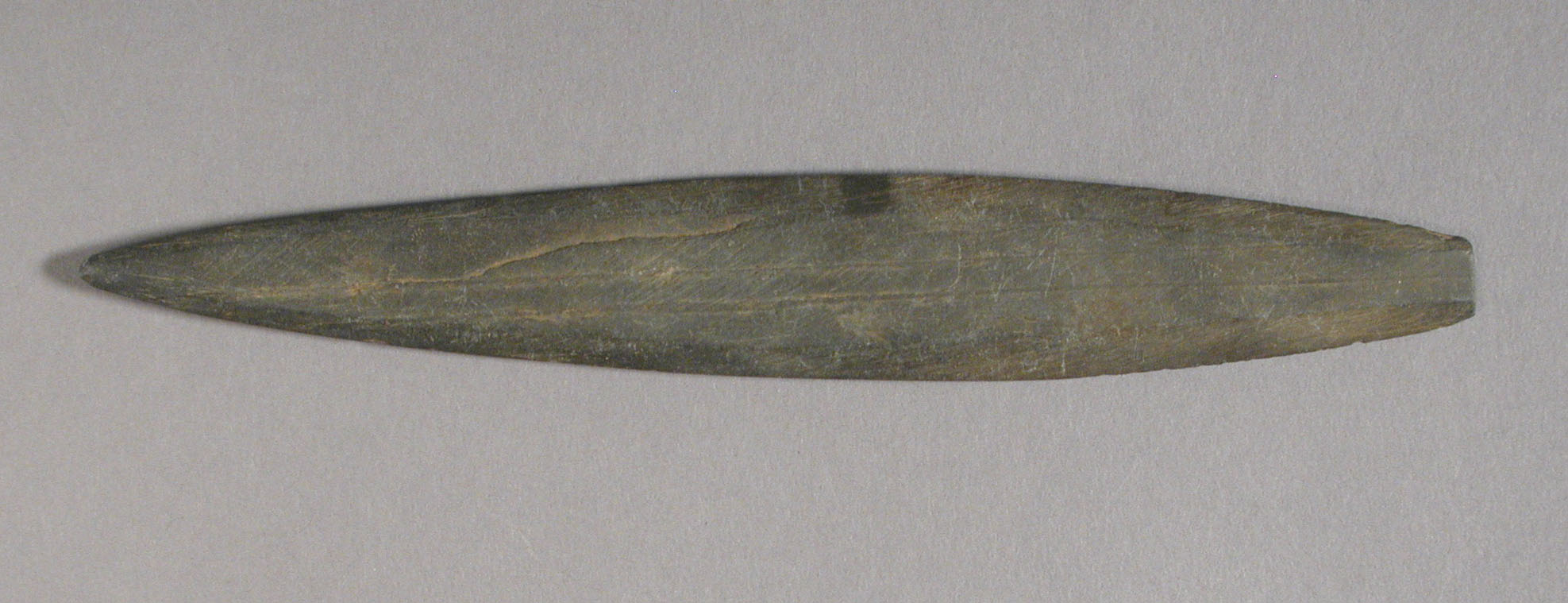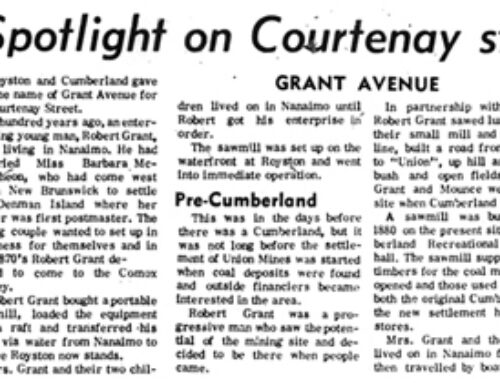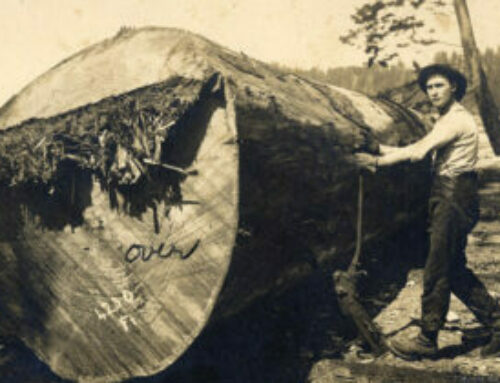What Happens When We Turn off the Remote
Hamilton Mack Laing collected this beautifully crafted projectile point from his property, located near Goose Spit, in Comox. Laing, a respected naturalist and writer, settled in Comox in 1922 and completed building his home, Baybrook, in 1923.
In Author and Historian, Richard Mackie’s, book, Hamilton Mack Laing: Hunter-Naturalist, p. 87, he writes of Laing, “He had fallen in love with Comox. In October 1922, he bought the five-acre lot on Brooklyn Creek where he, [Percy] Taverner and [D. Alan] Sampson had camped all summer. At the age of thirty-nine he had found his home: he would spend the next sixty years living on the same shell-midden.” As evidenced by the artifact above, Laing found more than just shells on the property.
Early settlers found stone tools such as this often, indicating the large population of First People settled around the shorelines of the Comox Valley before effects of exploration and settlement, such as displacement and disease, took their toll. First Peoples employed stone tools such as this in every aspect of daily life. This projectile point could have been attached to spear poles or shafts for hunting.
Recently, there has been some discussion in local newspapers about the Town of Comox tearing down Baybrook, the original Hamilton Mack Laing house. If you would like more information on Hamilton Mack Laing, there are some copies of Mackie’s book, Hamilton Mack Laing: Hunter-Naturalist available on Amazon.





